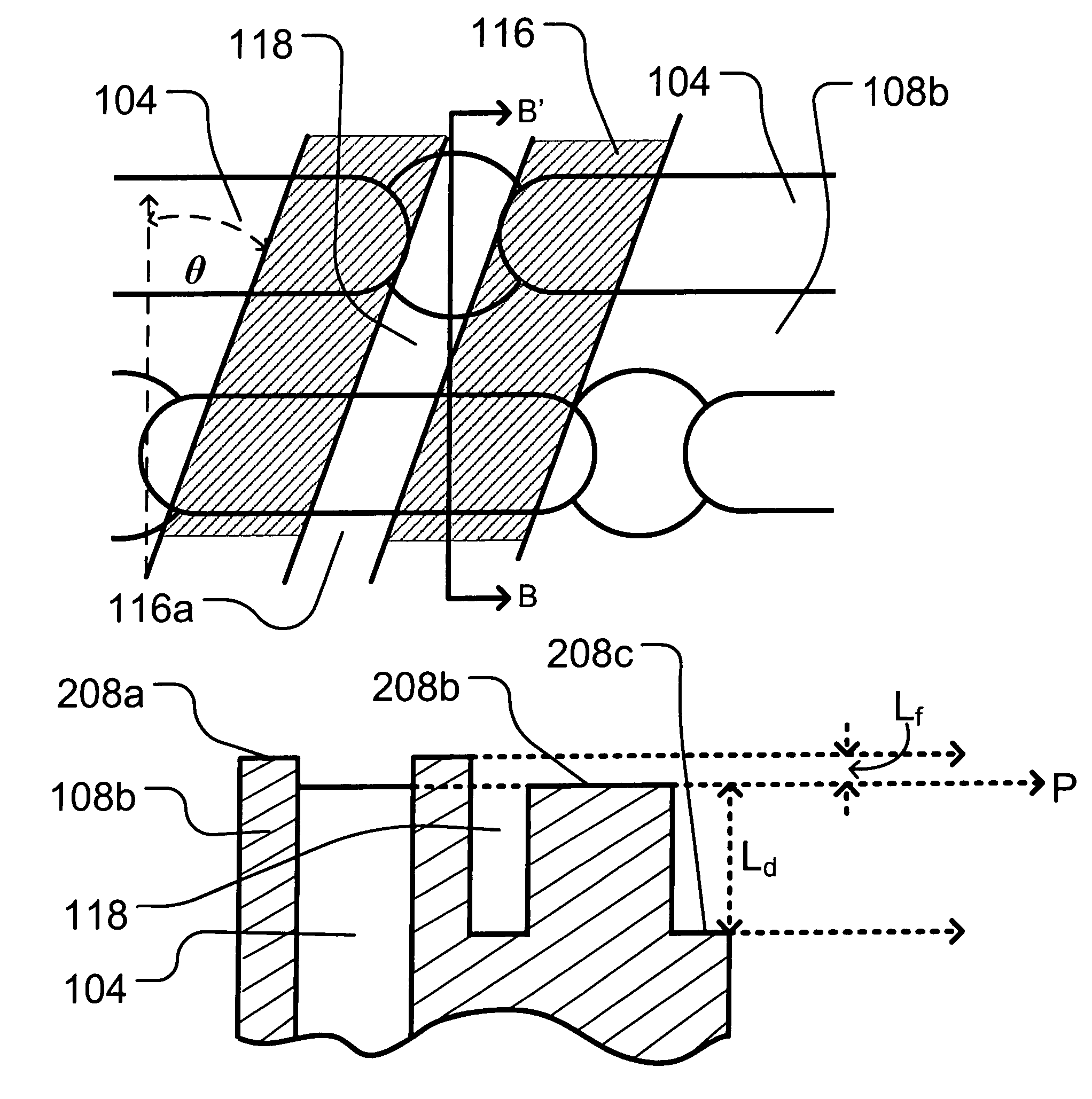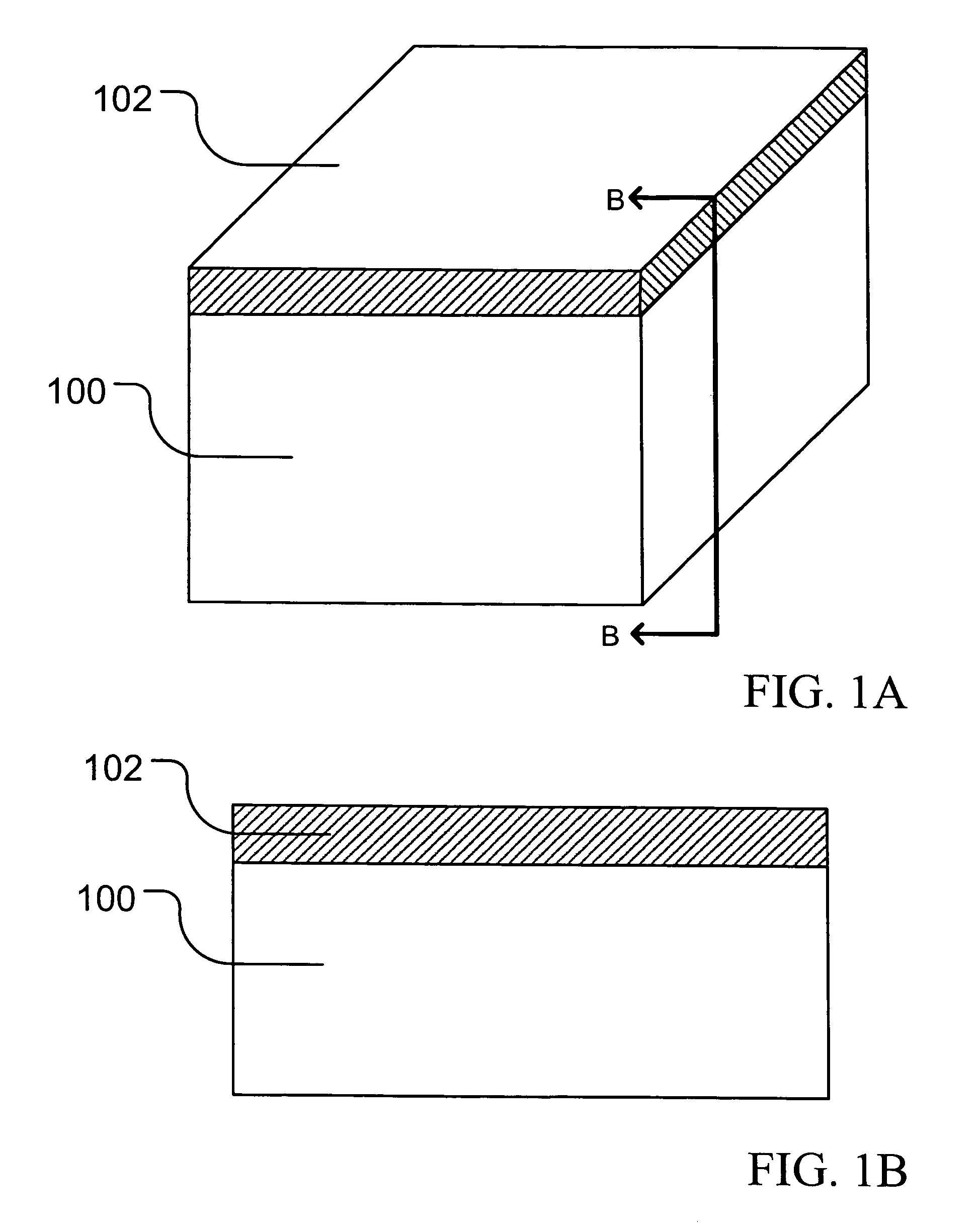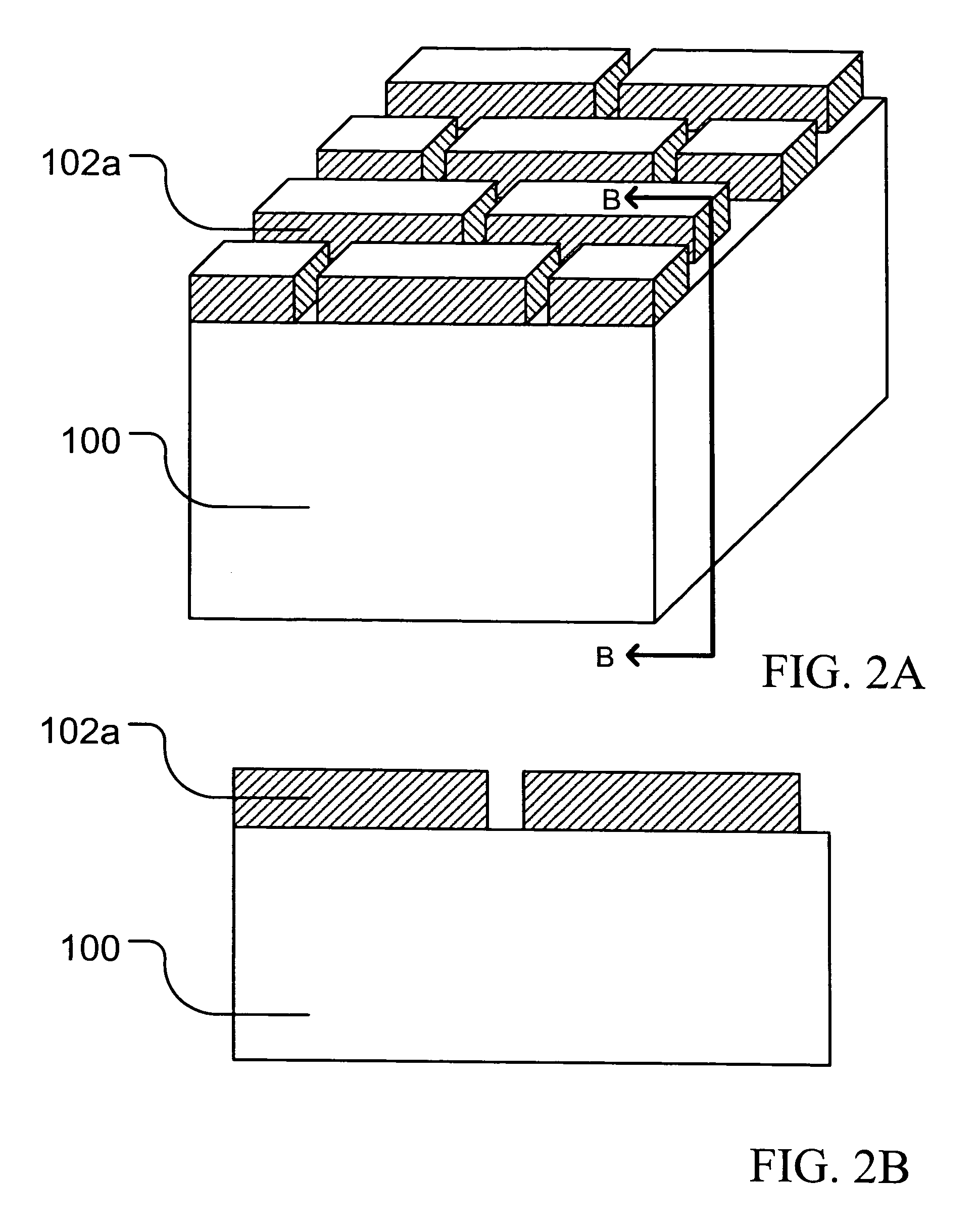Fabrication of local damascene finFETs using contact type nitride damascene mask
a damascene and damascene technology, applied in the direction of semiconductor devices, basic electric elements, electrical equipment, etc., can solve the problems of degrading other parametric and/or operating characteristics of the resulting devices, increasing leakage, and increasing doping, so as to reduce the defect of gate electrode formation, improve the removal of gate electrode material, and reduce the effect of overetching
- Summary
- Abstract
- Description
- Claims
- Application Information
AI Technical Summary
Benefits of technology
Problems solved by technology
Method used
Image
Examples
Embodiment Construction
[0037]Hereinafter, example embodiments will be described more fully with reference to the accompanying drawings, in which example structures and process steps for fabricating such structures are shown. As will be appreciated by those skilled in the art, the associated figures are illustrative only and that other embodiments may take many different forms. The following claims, therefore, should not be construed as limited to the example embodiments. These example embodiments are provided so that this disclosure will be thorough and complete and thereby fully convey the concepts embodied by the examples to those skilled in the art. Indeed, other related embodiments may be and likely will be apparent to those of ordinary skill in the art based on the teachings provided in this disclosure in light of conventional knowledge in the art and are meant to be included to the extent consistent with the example embodiments detailed herein.
[0038]It will be understood that, although the terms fir...
PUM
 Login to View More
Login to View More Abstract
Description
Claims
Application Information
 Login to View More
Login to View More - R&D
- Intellectual Property
- Life Sciences
- Materials
- Tech Scout
- Unparalleled Data Quality
- Higher Quality Content
- 60% Fewer Hallucinations
Browse by: Latest US Patents, China's latest patents, Technical Efficacy Thesaurus, Application Domain, Technology Topic, Popular Technical Reports.
© 2025 PatSnap. All rights reserved.Legal|Privacy policy|Modern Slavery Act Transparency Statement|Sitemap|About US| Contact US: help@patsnap.com



